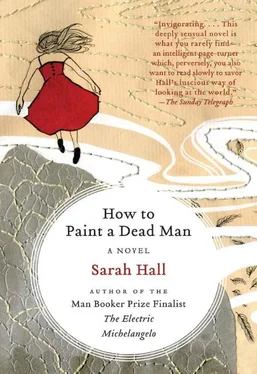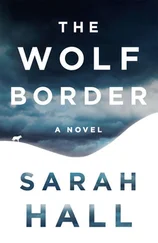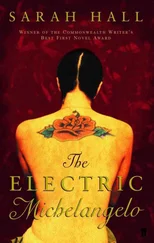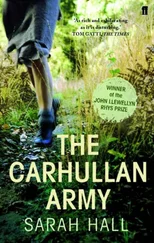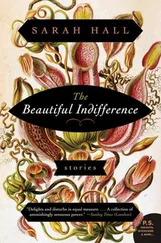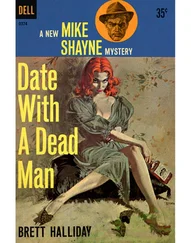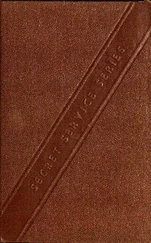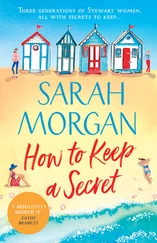You look down. In the window of the test there is a faint blue line. You watch it grow stronger and darker. Outside the bathroom door, Nathan calls softly. Susan? Susan?
Yes, you say. I’m here.
We shall next speak about the way to paint a dead man, that is, the face, the breast, and wherever in any part the nude may show. It is the same on panel as on wall: except that on a wall it is not necessary to lay in all over with terre-verte; it is enough if it is laid in the transition between the shadow and the flesh colours. But on a panel lay it in as usual, as you were taught for a coloured or live face; and shade it with the same verdaccio, as usual. And do not apply any pink at all, because a dead person has no colour; but take a little light ochre, and step up three values of flesh colour with it, just with white lead, and tempered as usual; laying each of these flesh colours in its place, blending them nicely into each other, both on the face and on the body. And likewise, when you have got them almost covered, make another still lighter flesh colour from this light one, until you get the major accents of the reliefs up to straight white lead. And mark out all the outlines with dark sinoper and a little black, tempered; and this will be called ‘sanguine’. And manage the hair in the same way, but not so that it looks alive, but dead, with several grades of verdaccio. And just as I showed you various types and styles for beards on the wall, so on panel you do them in the same way; and so do every bone of a Christian, or of rational creatures; do them with these flesh colours aforesaid.
The Craftsman’s Handbook by Cennino d’Andrea Cennini
Translated by Daniel V. Thompson, Jr.
Thanks to the following people for invaluable help with research: Simon Webb, Diego Mencaroni, Paul Farley, Dana Prescott, Philip Robinson, Teana Newman, Lani Irwin, Alan Feltus, Tobias Feltus, Joseph Feltus, Dr Richard Thwaites, Dr Sarah Laing, Dr Charles Fernyhough, Neil Rollinson, Anthony Hall and Jonathan Hall.
Thanks to the following people for editorial advice, critical reading, and general feedback: Jacob Polley, Lee Brackstone, Clare Conville, Jennifer Pooley, Lisa Baker, Helen Francis, Jane Kotapish, Damon Galgut, Rebecca Morales, Christobel Kent, and Elizabeth Hall.
I am indebted to all those at the Civitella Ranieri Foundation, the staff, friends, and fellows, for the extraordinary gift of a residency in Umbria in 2007. Grazie!
Lastly, thanks to Peter, on the hill.
Sarah Hallis the author of Haweswater, The Electric Michelangelo, and Daughters of the North .
Visit www.AuthorTracker.com for exclusive information on your favorite HarperCollins author.
